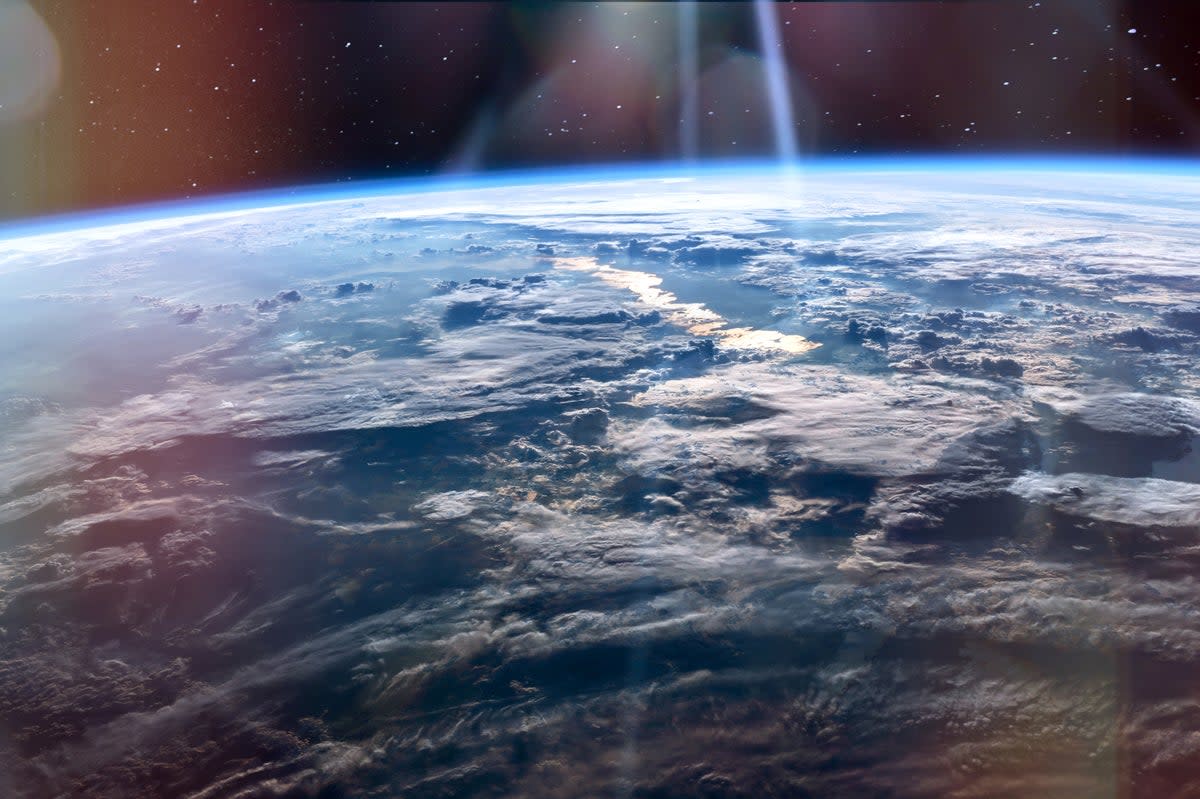‘Huge’ unexpected ozone hole discovered over tropics

A “huge” ozone hole that was not expected to exist has been identified in the Earth’s atmosphere over almost the entire tropical region.
The hole is a year-round gap in the planet’s ozone layer, and is seven times larger than the better-known Antarctic ozone hole that opens up each year in spring.
Professor Qing-Bin Lu, a scientist from the University of Waterloo in Ontario, Canada, said that according to his research, the hole has already been present for more than 30 years and covers such a massive area that half of the world’s population could be affected.
He told The Independent: “Unlike the Antarctic ozone hole that only appears in the spring season, the tropical ozone hole appears in all seasons since the 1980s, and its area is roughly seven times greater.
“[It] could cause global concern as it can cause increases in ground-level UV radiation and associated risks of skin cancer and cataracts, and other negative effects on health and ecosystems in tropical regions.”
He said there are “preliminary reports showing that ozone depletion levels over equatorial regions are already endangering large populations therein, and the associated UV radiation reaching the regions was far greater than expected”.
Speaking about finding the enormous area of depleted ozone, Professor Lu told The Independent: “It sounds unbelievable that the large tropical ozone hole was not discovered previously. But there exist some intrinsic challenges in making this discovery.
“First, no tropical ozone hole was expected to exist from the mainstream photochemical theory. Second, unlike the Antarctic/Arctic ozone holes that are seasonal and mainly appear in spring, the tropical ozone hole is essentially unchanged across the seasons and is therefore invisible in original observed data.”
As with the Antarctic ozone hole, the normal ozone value is found to be depleted by approximately 80 per cent at the centre of the tropical ozone hole, the research found.
The new research has also highlighted differences in the prevailing theories on how ozone is depleted.
In the past, the presence of chlorofluorocarbons (CFCs) was considered to be the biggest cause of ozone depletion. The 1987 Montreal Protocol, which banned them, has seen a major reduction in their use.
But despite the global ban, the largest, deepest and most persistent ozone holes – over the Antarctic – were still observed in the late 2000s and in 2020-2021.
“This was unexpected from any of the photochemistry-climate models,” Professor Lu said.
A separate theory of ozone depletion, known as cosmic-ray-driven electron reaction (CRE), in which cosmic rays from space reduce ozone in the atmosphere, was first proposed by Professor Lu and his colleagues two decades ago.
He told The Independent: “The observed results strongly indicate that both Antarctic and tropical ozone holes must arise from an identical physical mechanism, and that the CRE mechanism has exhibited excellent agreement with the observed data.”
He added: “CFCs are undoubtedly the main ozone-depleting gases, but cosmic rays play a major triggering role in causing both polar and tropical ozone holes.”
The research is published in the journal AIP Advances.


